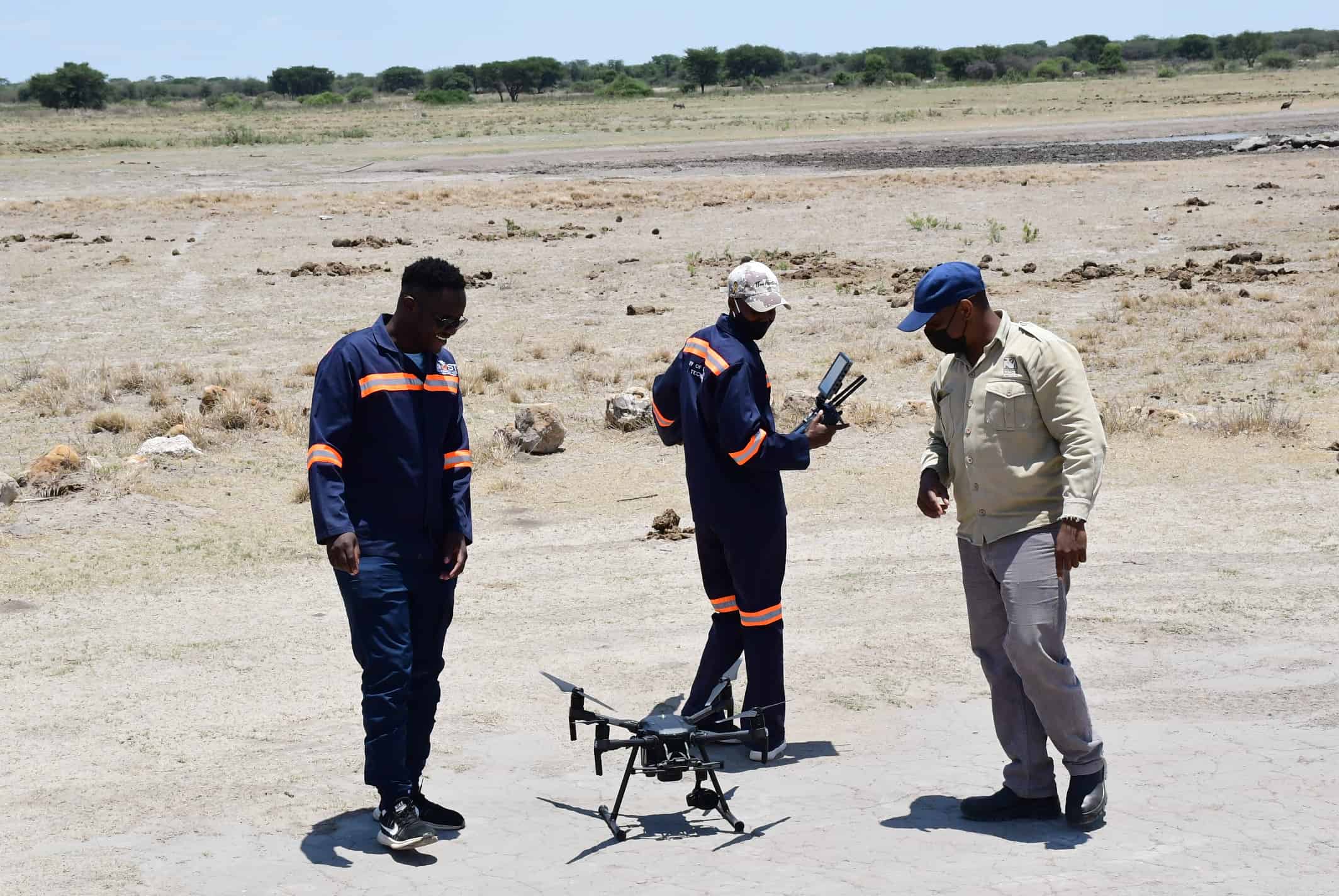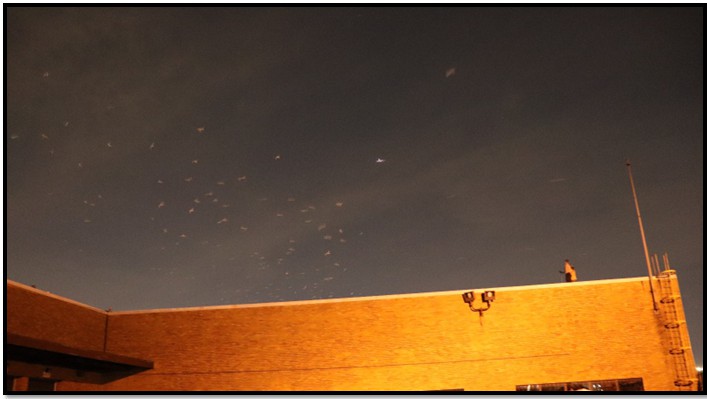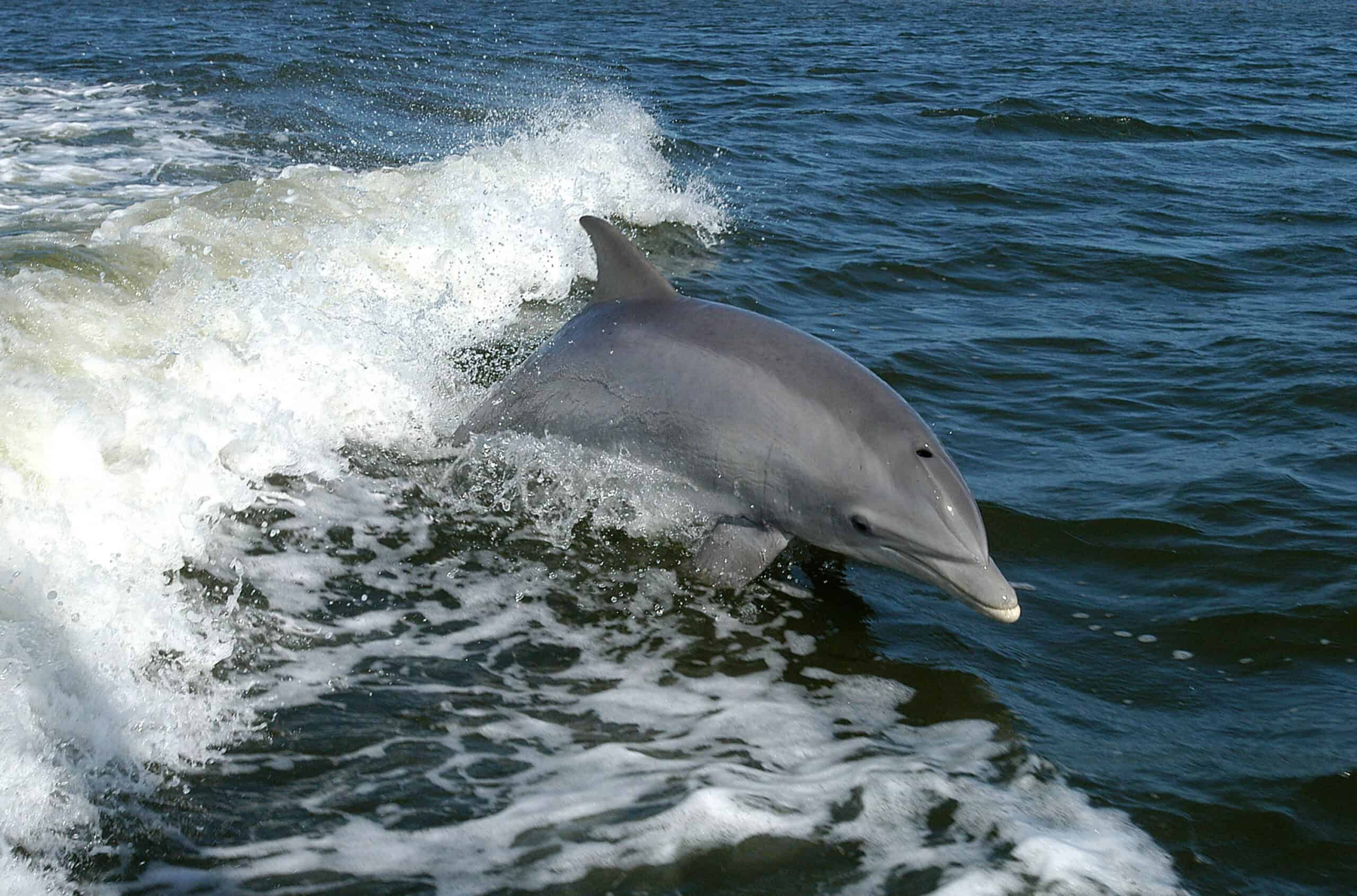Share this article
Wildlife Featured in this article
- Black rhinoceros
- White rhinoceros
- Zebra
- Giraffe
- Elephant
Drones and AI can improve wildlife monitoring efforts in Botswana
A view from above can help tackle alternative methods for wildlife population counts including black and white rhinos
Researchers in Botswana have found that new technology—including drones and artificial intelligence—can help monitor wildlife and keep an eye out for possible poachers.
Wildlife species like white (Ceratotherium simum) and black rhinos (Diceros bicornis) were poached to the brink of local extinction in the country during the early 1980s before being reintroduced in 2001. Now, soldiers conduct ’round-the-clock foot patrols around wildlife areas to combat poaching, but researchers wanted to find alternative approaches that could augment those efforts.
“With manual efforts, it can be quite challenging in terms of humans being tired and having only a limited view of what is going on just where we’re standing,” said Rodrigo Jamisola Jr., an associate professor at the Botswana International University of Science and Technology.
Now, Jamisola and his team are also turning to newer technology.
“Our main objective is to defend the territorial integrity, sovereignty and national interests of our country,” said Tinao Petso, a PhD student at Botswana International University of Science and Technology working with Jamisola.
With Jamisola as her advisor, Petso led a study published in Science Robotics detailing a proof of concept for using drones and AI for anti-poaching efforts.

For many artificial intelligence projects, scientists train computers to recognize certain characteristics of animals. But for this research, Petso and her colleagues used an aerial view from drones and focused on herd behavior. They assigned each animal a point and trained the computer to recognize how these different points.That could help them determine what species each point represented, if they’re soldiers on patrol or if they might be poachers. “If two people are poachers, the behaviors of those points will be very much different than that behaviors of soldiers on the ground,” Jamisola said.
The researchers tested this out and were able to classify herds as zebras (Equus quagga), giraffes (Giraffa giraffa), elephants (Loxodonta africana) and other species. They were also able to classify human activities. So far, the method has been validated in the Khama Rhino Sanctuary in Botswana.
Jamisola noted that there are still challenges with using drones. For example, researchers need to take into consideration minimum heights where drones can disturb certain species. In addition, individuals need to have a permit to fly drones. “You cannot just go to the wildlife area and use it,” he said.
The team said the research can be applied elsewhere where there are problems with poachers or wildlife-human coexistence.
Jamisola noted that there are challenges to getting research published in Africa, especially when it’s work with new technology. “There’s some sort of a stigma of researchers in Africa,” he said. “It can be quite challenging in terms of making people believe we have some good research.” But, he said, “Africa is catching up.”
Image Caption: Researchers preparing to collect research data in Botswana. From left to right: Wazha Mmereki, lead researcher human behavior classification, Tinao Petso, lead researcher wildlife herd behavior classification, and Oarabile Monyamane, conservation biologist
Header Image: Researchers prepare to collect data in Botswana. Credit: Alfred Ntwayagae








